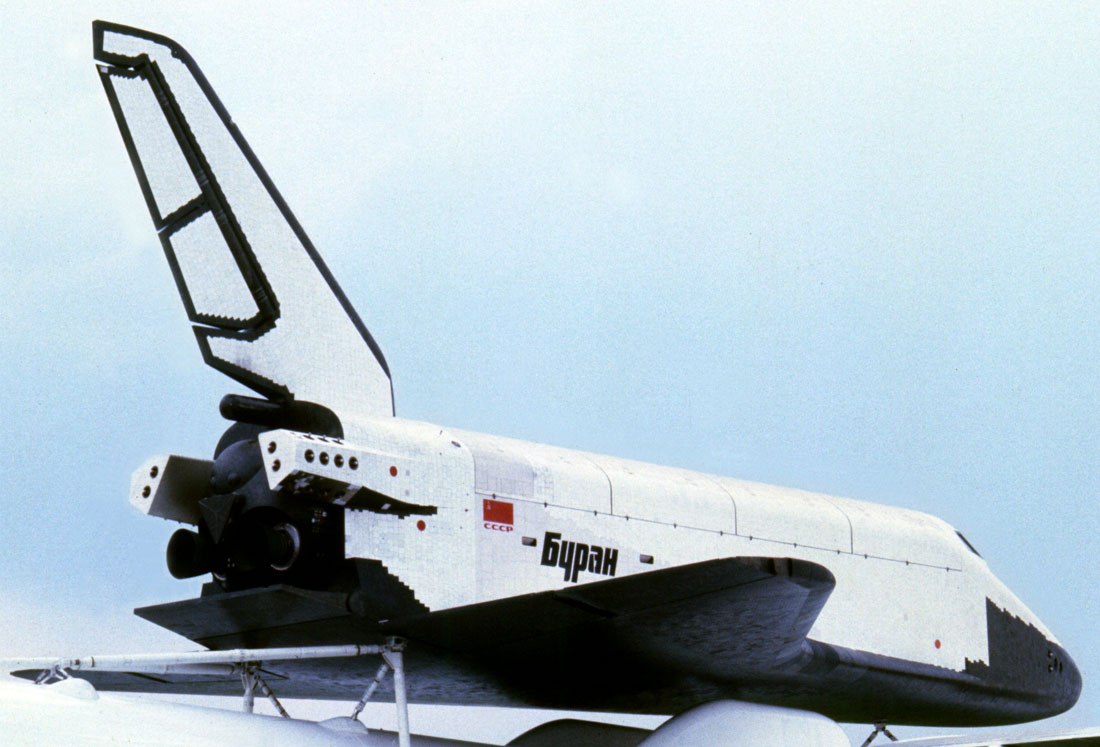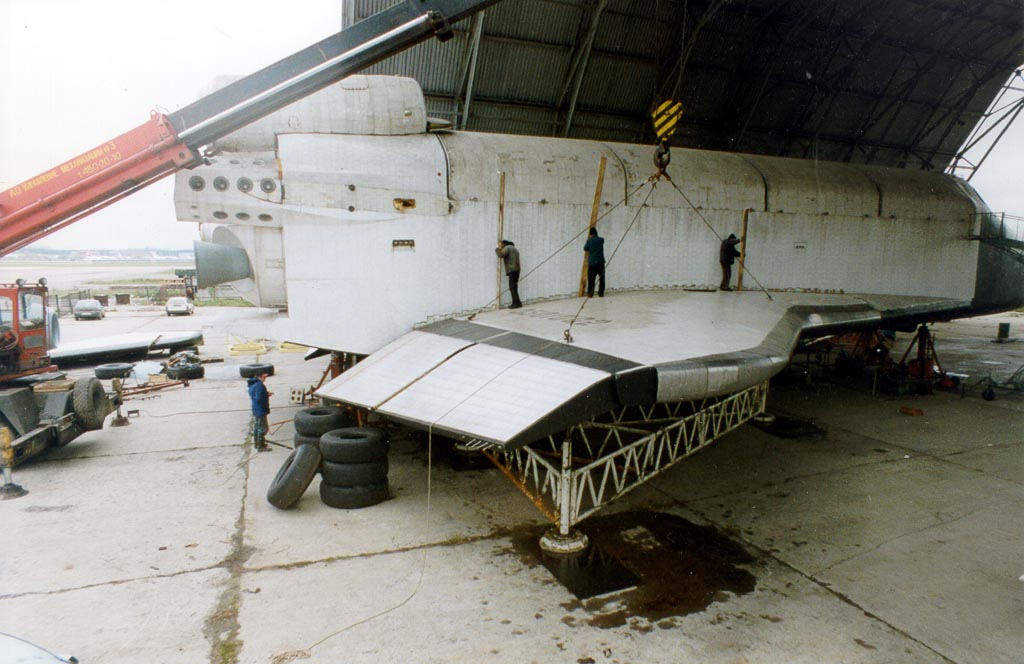

The Soviets did think about copying the American design exactly, but were worried about the heat build-up on the wing surface and drag during lift-off.īuran is 4600kg lighter than the STS and can carry 5000kg more payload, with a slightly bigger payload bay. Immediately noticeable is a sharper-edged wing design which is squarer and reduces drag on take-off and re-entry. In overall design, Buran is nearly identical to the STS. It was more economical not to paint it, allowing for more payload instead. NASA used to paint this tank white, to match the rest of the vehicle until someone pointed out that the paint alone added seven tonnes to the craft's weight. Seven minutes later, the centre fuel tank is jettisoned and left to burn up in the atmosphere. Parachutes in their nose-cones allow them to splash down in the sea to be recovered. Two minutes after take-off, the solid fuel boosters are depleted and jettisoned. Strapped to the sides of the tank are two solid fuel rocket boosters. The STS (or orbiter) is attached to the centre liquid fuel tank. The Russian shuttle will be referred to as Buran. To simplify this comparison, the NASA shuttle will be referred to here as STS (its official designation) standing for Space Transit System. The Buran atmospheric test model had two jet engines bolted onto the side of it, at the rear. The Enterprise was attached to the modified Boeing 747, flown to a specified height and released to glide back to earth. Again, the Russians did things differently. The atmospheric model was their equivalent of the Enterprise shuttle, which never flew in space but was built for atmosphere testing. But after just 24 flights, this vehicle was damaged and unable to fly again.

#Buran shuttle reaer full#
Later they moved on to one-fifth scale models of Buran, then to a full scale atmospheric model to test the glide and landing abilities. Similar to NASA's approach, the Soviets began with experimental aircraft, the MiG 105 - 11 'Spiral' experimental manned orbital aircraft (Experimental'nyj Pilotiruemyj Orbital'nyj Samolet - EPOS), which flew in 1977/78 and helped in the development of the Soviet Space Shuttle. Although allowance for some scientific research was also included into the project, the development of Buran was predominantly, another branch of the space race between the USA and USSR. The Soviet government began designing Buran in 1976 as a response to NASA's shuttle programme, and although NASA's goal was the further exploration of space, the cheaper launch of satellites (which never really materialised) and to carry out space science, the Soviets' primary goal was to carry nuclear weapons into orbit. But they probably won't think of the Russian space shuttle, Buran. Everything / Maths, Science & Technology / InventionsĪsk people about the space shuttle and they think of NASA, the American space programme, the International Space Station, Challenger, Columbia and possibly an obscure Star Trek reference 1. The Universe / Travel & Transport / Transportģ. The Universe / Space, Stars and Galaxies / Space ExplorationĢ. The Guide to Life, The Universe and Everything.Ģ.


 0 kommentar(er)
0 kommentar(er)
